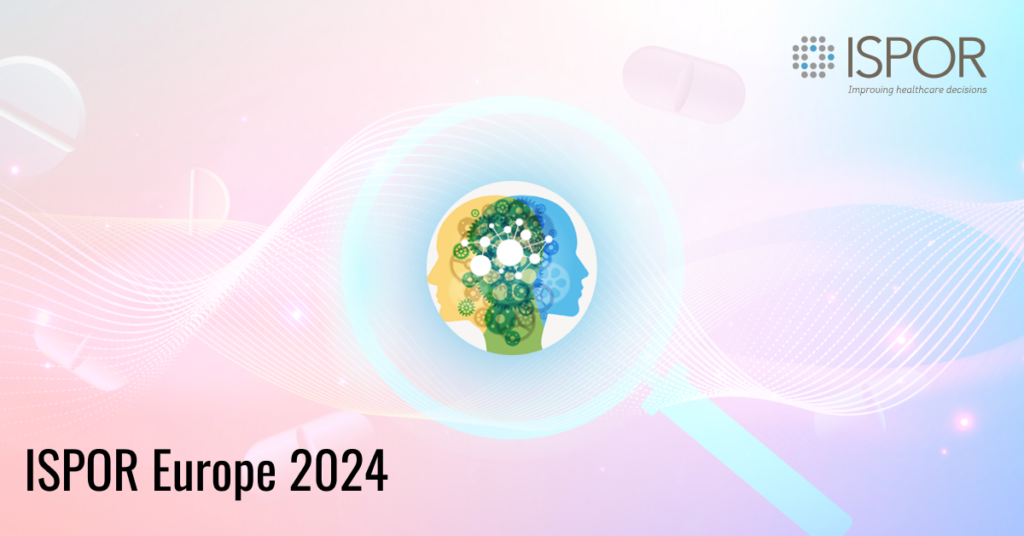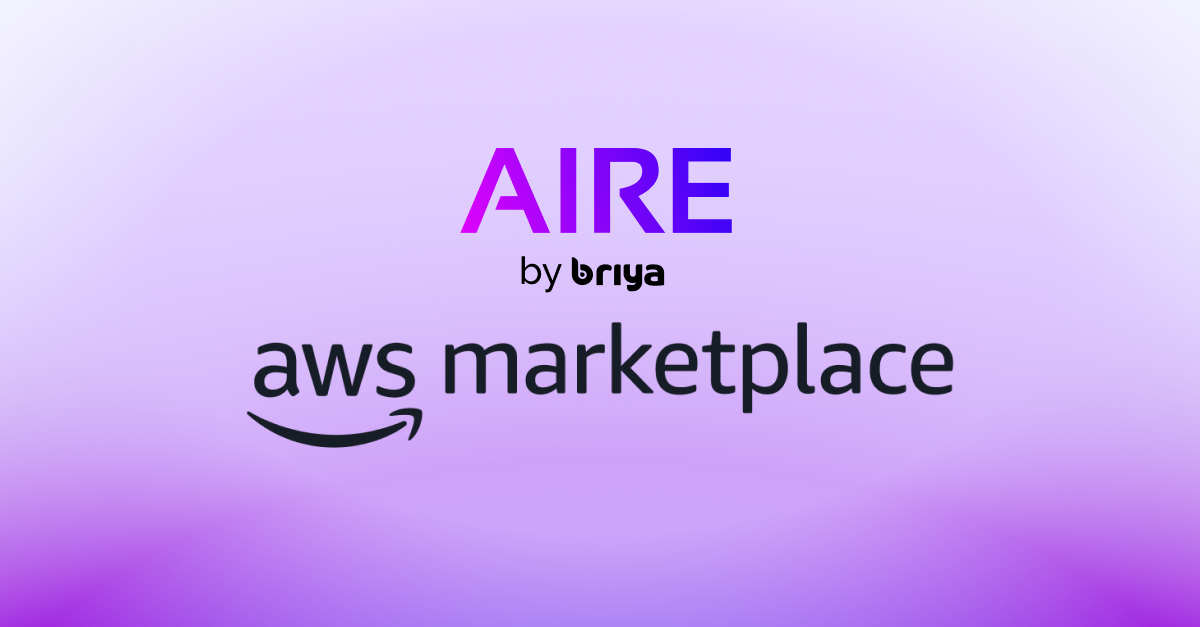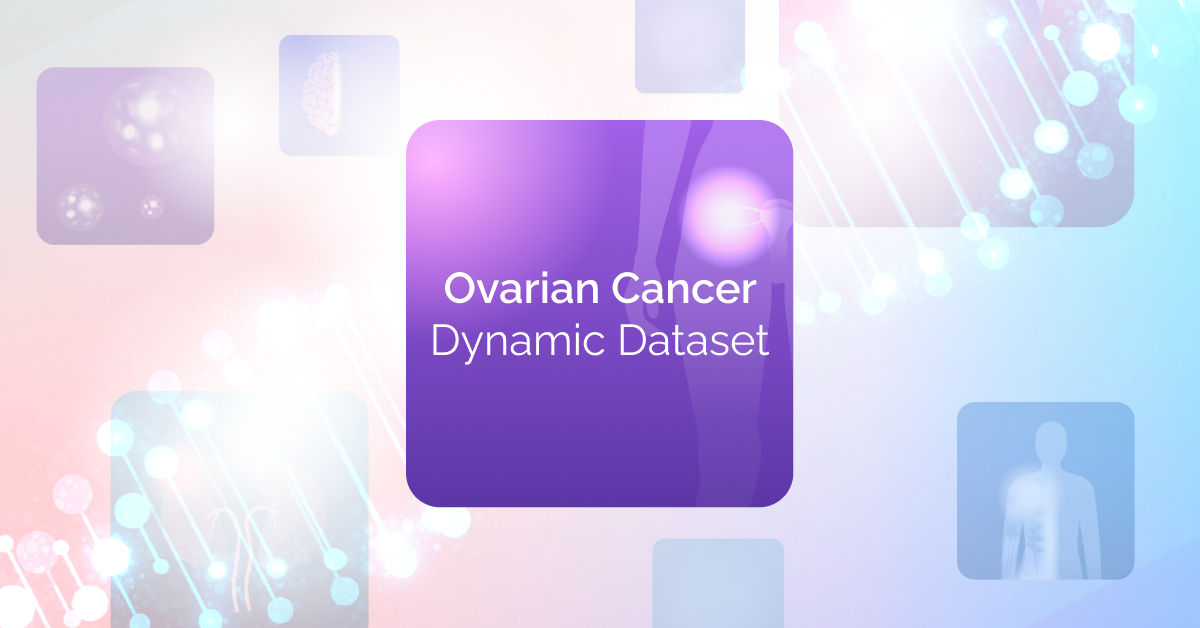As Briya prepares to present at ISPOR Europe 2024 (mark your calendars, this is happening on November 19th at 17:00), I sat down with Dr. Or Shaked, Medical Research Lead at Briya, who will be sharing insights from an innovative study on using Natural Language Processing (NLP) to uncover critical data in clinical research. It revealed overlooked trends in aspirin use during pregnancy, demonstrating how NLP can unlock insights within unstructured data.
Q: First of all Or, let me congratulate you on the study being selected as a top 5% finalist for the ISPOR Europe Research Presentation.
Or Shaked: Thank you very much, I’d like to take this opportunity to thank all my colleagues who contributed to this project and our partners at Galilee Medical Center, specifically Dr. Tzvi Sheleg. I am truly looking forward to the final contest result, fingers crossed!
Q: Can you start by giving us an overview of the study you’ll be presenting at ISPOR Europe? What inspired this research?
Or Shaked: Absolutely.
The story begins with a clinician’s investigation into aspirin use and postpartum bleeding, an essential area of research due to aspirin’s potential impact on maternal health. Initially, her findings were limited; only a handful of pregnant women appeared to be using aspirin, based on structured fields in electronic medical records (EMRs). Her clinical experience told a different story, suggesting that actual aspirin usage was far more common than the data reflected. Briya’s NLP suite offered a unique way to dig into unstructured free-text clinical notes and uncover instances of aspirin use that had been missed in structured data. The platform enabled her to access the wealth of information hidden within unstructured data, allowing for a more complete picture. With Briya’s support, she could validate her hypothesis, expanding her sample by a significant amount and uncovering insights that would otherwise remain buried in text.
Q: Missing data in structured fields sounds like a common issue in research. How did Briya’s NLP address it here?
Or: Structured data is valuable but often limited by standardization issues and documentation inconsistencies. Clinicians may record information differently or miss certain details entirely in these fields. Our NLP tool can dive into free-text notes, which are more descriptive, and extract data on medications, symptoms, and even lifestyle factors. In this case, it enabled us to identify additional cases of aspirin use, which dramatically expanded the researcher’s sample size and validated her suspicion that aspirin use was underreported.
Q: How did you validate the findings and ensure the data was accurate?
Or: Validation was essential. First, we compared the results from our NLP platform with the structured data provided by the hospital’s business intelligence (BI) department. The alignment was strong, affirming the credibility of our NLP-extracted data. This was a significant step because it provided both the clinician and us with confidence that we were working with robust insights.
Q: How does Briya’s NLP suite differ from others in the field?
Briya’s NLP platform not only extracts mentions of aspirin use but also processes bilingual data from English and non English language notes. This adaptability is crucial; medication names can vary by language, region, and even include informal terms, especially for over-the-counter medications like aspirin. Briya’s NLP engine identifies these terms, even accounting for spelling errors or local colloquialisms, ensuring no relevant data slips through the cracks.
Q: How does this research contribute to the broader goals of RWD and healthcare decision-making?
Or: This project is a great example of RWD’s potential when you can access a fuller picture of patient data. Structured data alone doesn’t capture the whole story, especially in areas like medication adherence and patient-reported outcomes. NLP allows us to bring those nuanced, otherwise-hidden insights into the light, ultimately helping healthcare professionals make more informed decisions and improving patient care. Our work aligns well with ISPOR’s goals, which include driving better outcomes and cost-effectiveness through advanced healthcare research methodologies.
Q: Anything else you’d like to share?
Or: We are looking forward to presenting our detailed results at ISPOR, there will be some exciting surprises! I’d like to personally invite you to connect with me if you’re attending at 0r.shaked@briya.com
Thanks Or, looking forward to your presentation at ISPOR!
Want to meet our team at ISPOR? Click here.
Check out the abstract here.



